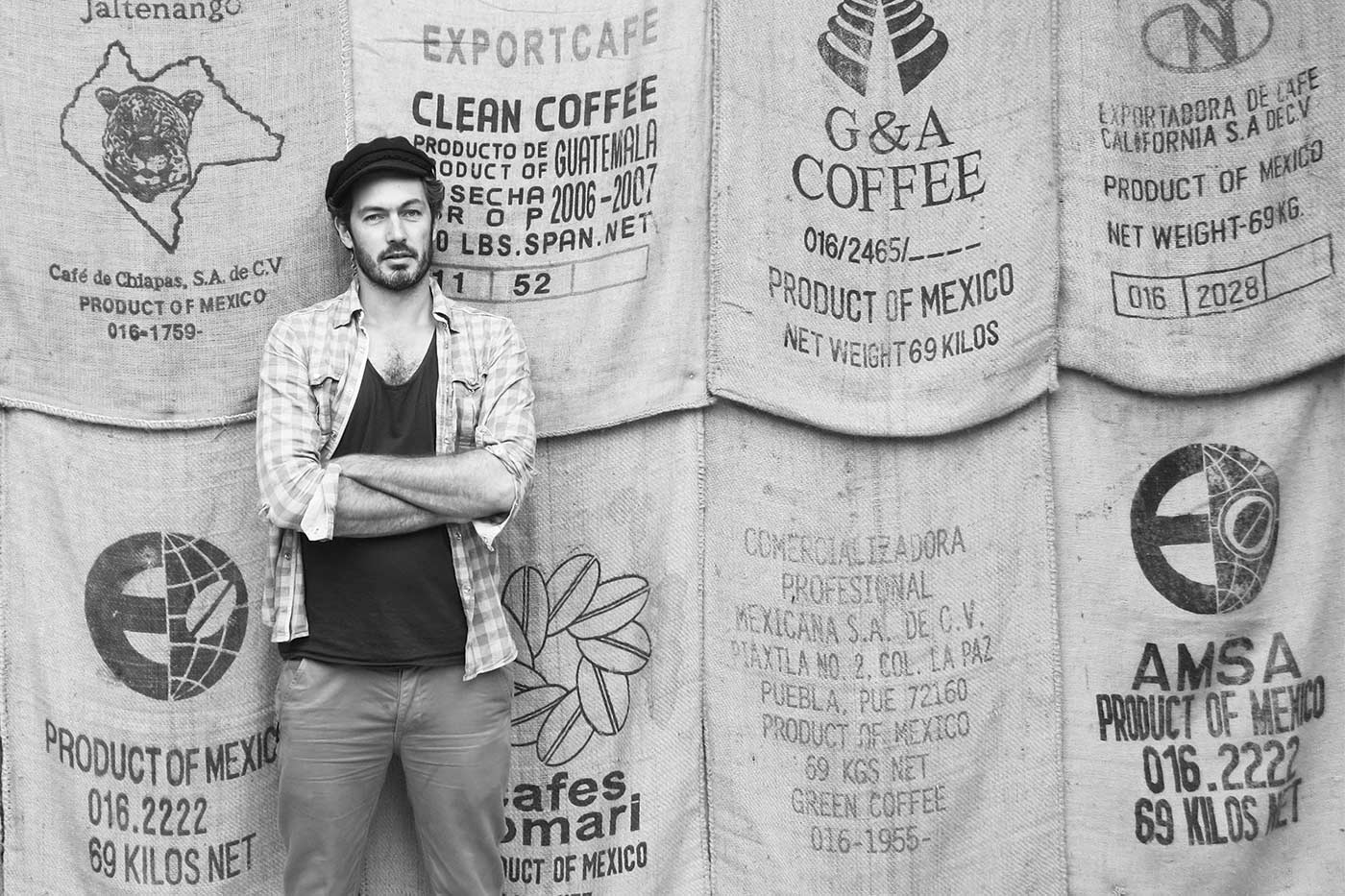Find yourself repeatedly playing it safe with the Ethiopian single origin option? Get ready for fresh flavour notes thanks to a new batch of up-and-coming coffee growing regions. We asked the North’s trailblazing bean hunters for their ones to watch
Feature from The North and North Wales Independent Coffee Guide No 4 – buy your copy here.
Burundi – Holly Kragiopoulos of North Star Coffee Roasters
Why Burundi?
Its altitude, regular rainfall and abundance of bourbon (a coffee plant varietal) is resulting in the cultivation of exceedingly high-quality coffee.
Ongoing political unrest in the country means that the industry has fallen behind that of its east African neighbours. Yet when I visited last year as a member of the international jury at the Cup of Excellence competition I was blown away by the cup profiles.
The coffee displays incredible character with acidity that can often be sparkling and berry-like, and its versatility makes it suitable for a range of brewing methods.
As the fifth poorest nation in the world, Burundi’s coffee-growing potential is a huge opportunity for smallholder farmers to transform their social and economic development. Coffee is the country’s largest export, and if we can get responsibly minded speciality buyers on board we could see tangible changes taking place. I feel a personal responsibility to spread the word about this beautiful place.
You took a recent trip …
It was amazing to see an industry in such early stages as the possibilities are so exciting. I met lots of inspirational people – from representatives of the government’s agricultural department to smallholder farmers (at washing stations in Kayanza and Ngozi) to dry mill workers.
It was shocking to see how little the smallholder farmers were earning from their crop – $50 USD per year isn’t representative of the quality of the coffee and needs to change.
Any other up-and-coming regions to look out for?
The Congo is really coming on as a quality coffee producer; we’re seeing improved cleanliness and cup clarity each year.
Brazil is also seeing a rise in speciality grade coffee, with cup profiles more reminiscent of experimental lots from Costa Rica.
China – Stephen Paweleck of Django Coffee Co.
Why China?
China may be synonymous with tea production, but it’s proving to be one of the most up-and-coming origins in the speciality trade.
It’s a huge country. where should we start?
Coffee predominantly grows in three regions of China: Fujian, Hainan and Yunnan. The first two mainly grow robusta, but Yunnan in the south-west of the country is the trailblazer, concentrating on arabica and the speciality market.
Farmers are realising it’s not very sustainable to produce commodity grade coffee and that speciality is more profitable. It’s a slow process as farmers need to rethink their approach and processing methods in order to improve quality. Varietals such as typica, bourbon, pacamara and geisha are being planted but will take a few years to mature.
So it’s still early days?
There’s almost no government support in place to help with funding new infrastructure, education and improvement of practices, meaning limited production capacity, competition and quality.
However, our experience with roasting coffee from Yunnan has been really positive. We were lucky enough to meet Christian Steenberg from Indochina Coffee last year and, after a chat about the emergence of coffee in this region, we offered it to our customers. The Fuyan was super clean with flavour notes of golden raisin, plum, toffee, pear and grape.
Well worth supporting then?
Definitely. This particular cooperative is genuinely dedicated to improving its coffee quality, spurred on by a handful of farmers who have long seen the potential of well-processed and carefully selected cherries.
They’re now regularly breaking through the 84/85 point mark and, with some of the innovations we’ve seen on the ground, it’s only going to get better.
Rwanda – Ian Steel of Atkinsons Coffee Roasters
Why Rwanda?
It has thousands of years of farming heritage: they seem to be able to grow anything instinctively. There was a hiatus in coffee growing during the tragic events of the 90s, but they’ve steadily built back up and are now a world repository for 100 per cent bourbon, although we’re discovering new cultivars appearing such as jackson.
You visited recently?
I was there in June 2018 at the end of the rainy season and the countryside was at its most beautiful. It’s so close to the centre of the continent that the elevation starts at 1,600m above sea level, with great coffee grown from there all the way up to 2,500m.
What inspired you?
What’s exciting about any trip to origin is that it’s never just about coffee. It’s a privileged glimpse into the sociology, ecology, meteorology and agronomy surrounding people’s daily lives. We spent time with A New Beginning, a charity supporting widows and children displaced after the genocide. We visited their school, health centre and new washing station; Kinini Coffee was founded in 2012, giving many farmers the opportunity to grow their first cash crop.
What’s interesting about Rwandan coffee?
It beautifully hits the sweet spot with soft fruit notes and low acidity. It’s not as bright and citrusy as other east Africans; it’s more subtle and clean, appealing to those just starting out on their coffee journey.
Which other regions do you think are on the rise?
Myanmar. We contributed to a Kickstarter campaign there and tried some of the first coffee produced which was really exciting. It’s another chance for a conflict zone to improve through trade not aid.
Southern India is obviously known for its coffee, but look out for new, quality-over-quantity growers from the Araku Valley in the eastern Ghats.


